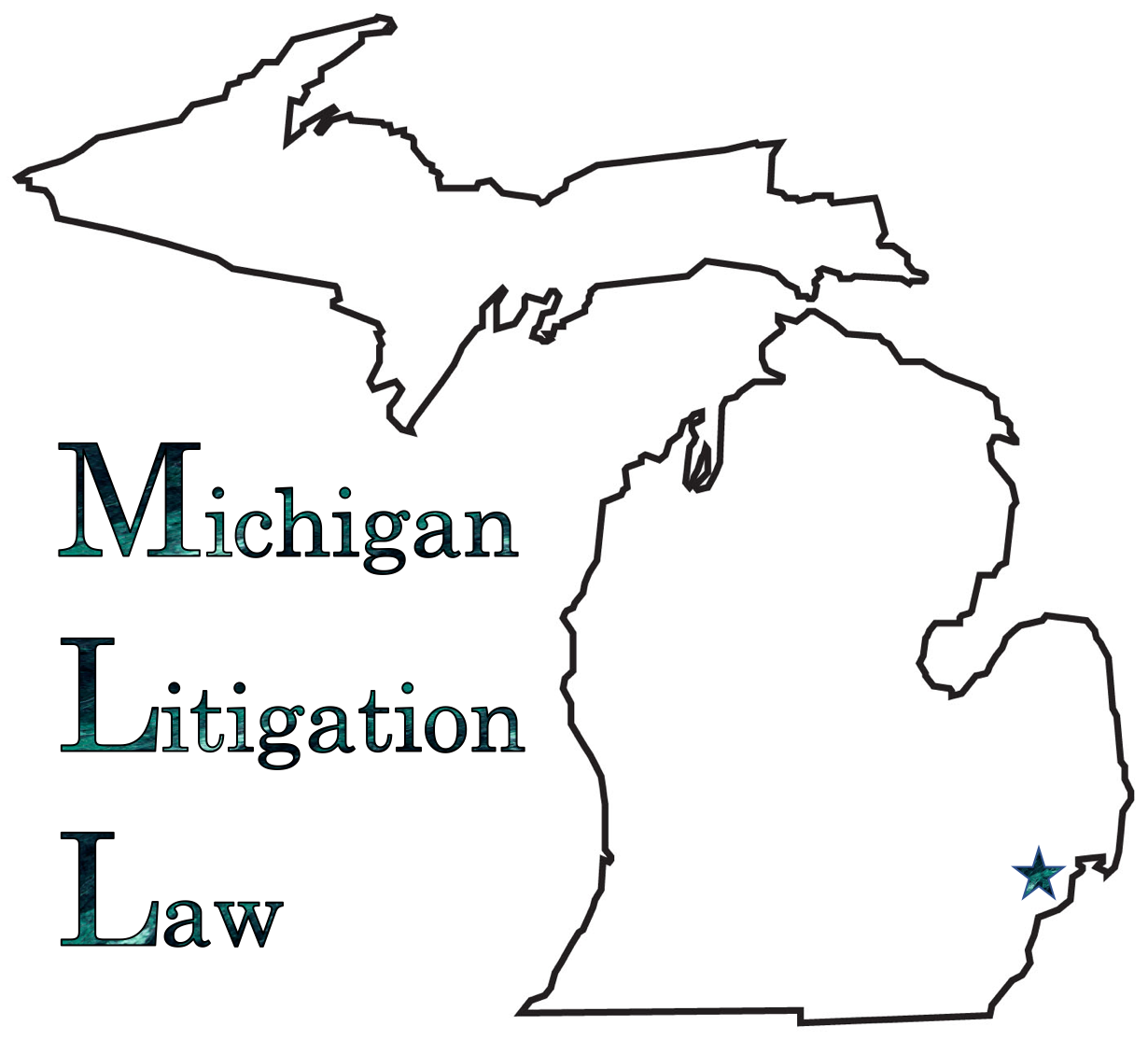Monetary Relief Under Civil Rights Acts?
The ELCRA and the PDCRA provide for injunctive relief, compensatory damages, and reasonable attorney fees. MCL 37.1606, .2802. Punitive damages are not available. However, there is no cap on the amount of compensatory damages.
In 1991, Congress dramatically changed the damages available in cases of intentional discrimination by enacting the 1991 CRA. Before the enactment of the federal 1991 CRA, Title VII plaintiffs could not collect monetary damages beyond back pay. However, under the 1991 CRA, compensatory and punitive damages are available to victims of intentional discrimination in violation of Title VII, the ADA, and the Rehabilitation Act. 42 USC 1981a. These damages are not recoverable in disparate impact cases, against public employers, or in disability discrimination cases where the employer establishes good-faith negotiations with the plaintiff regarding potential accommodations. 42 USC 1981a(a)(3). The total amount of compensatory damages that may be awarded depends on the size of the employer’s workforce, the maximum limit being $300,000. 42 USC 1981a(b)(3). Under the 1991 CRA, compensatory and punitive damages are available in addition to the equitable relief authorized under section 706(g) of Title VII, such as back pay, front pay, and other “appropriate” equitable remedies.
Back pay, front pay, and other forms of equitable relief are not subject to the damages caps codified in the 1991 CRA. In Pollard v EI DuPont de Nemours Co, 213 F3d 933 (6th Cir 2000), rev’d, 532 US 843 (2001), the Supreme Court unanimously reversed the Sixth Circuit’s ruling that plaintiff’s front pay award was subject to the damages cap set forth in 42 USC 1981a(b)(3). As the Supreme Court explained, the statutory cap was adopted as part of the 1991 CRA, which made compensatory and punitive damages available, in addition to the relief already authorized by Title VII. 42 USC 1981a(a)(1). The new remedies, i.e., those not already authorized by Title VII, were made subject to the statutory cap. Since front pay was available under Title VII before the 1991 CRA, it was not a new remedy subject to the cap.
Plaintiffs prevailing on claims under 42 USC 1981 or 1983 are entitled to compensatory and punitive damages, which are not subject to statutory caps. 42 USC 1981a(b)(4).
The ADEA contains unique damages provisions. An employee who prevails is entitled to economic damages and liquidated damages in an amount equal to the economic damages if he or she establishes that the employer’s actions were willful. 29 USC 626(b).
Both state and federal courts have held that a defendant employer’s subsequent discovery of lawful grounds for terminating the employee (after-acquired evidence) may affect the type of relief available to the employee. See, e.g., McKennon v Nashville Banner Publ’g Co, 513 US 352 (1995); Wright v Restaurant Concept Mgmt, 210 Mich App 105, 109–110, 532 NW2d 889 (1995). The rationale is that “[t]his approach precludes the exoneration of either wrongdoer while preserving the statutory goal of deterring discrimination.” 210 Mich App at 113.
The general rule in the termination context is that the employee’s economic damages will be limited to the calculation of back pay from the date of the unlawful discharge to the date the new information was discovered. Smith v Union Charter Township(On Rehearing), 227 Mich App 358, 362–363, 575 NW2d 290 (1998). In Smith, the court of appeals extended the McKennon and Wright holdings to the failure to hire context, holding that in cases of résumé fraud, damages should be calculated from the date of the unlawful employment action to the date that the employer would reasonably have discovered the plaintiff’s misrepresentations. 227 Mich App at 364.
The after-acquired-evidence rule does not limit recovery for noneconomic damages. Grow v WA Thomas Co, 236 Mich App 696, 711, 601 NW2d 426 (1999) (emotional distress damages fully recoverable despite after-acquired-evidence rule).

